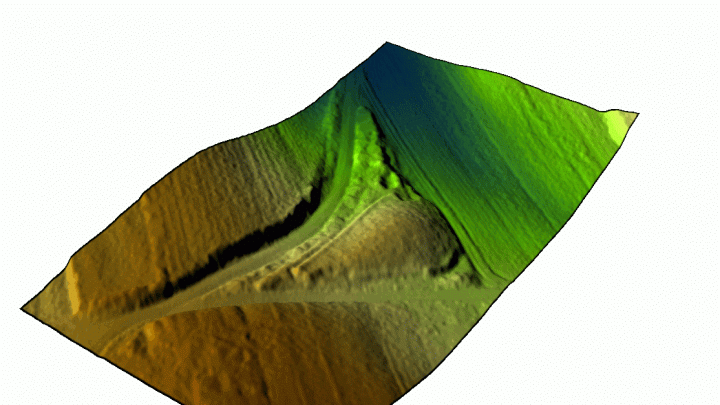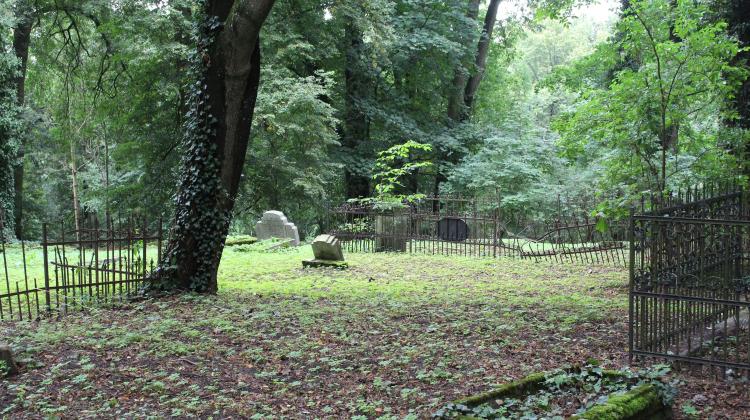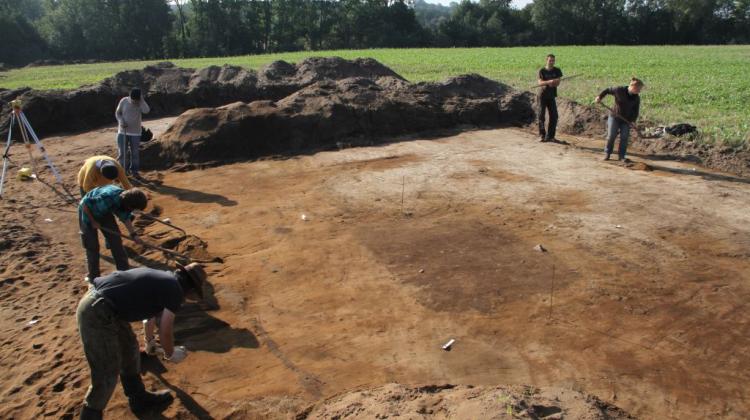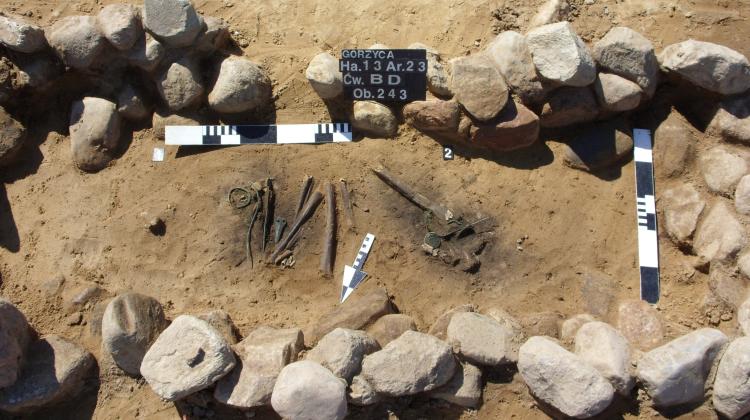Podlaskie/ Stele cemeteries were more common than scientists thought
Not seven, but as many as 50 stele cemeteries, in which burials had been marked with a single, high boulder, have been identified in the Podlasie by Hubert Lepionka, an archaeologist from the Podlasie Museum in Bialystok.
Until now, the prevailing view was that that in Podlasie stele cemeteries were the final resting places of the Yotvingians. It was a warrior community, closely related to the Prussians and the Lithuanians. They were conquered by the Teutonic Order. According to other opinions – they were epidemic cemeteries, where the deceased were mass-buried after the "night air" plague which affected Podlasie several times.
"Today these hypotheses change" - says Hubert Lepionka, an archaeologist from the Podlasie Museum in Bialystok, who searches for and studies these necropolises. "Firstly, it turned out that there were several times more stele cemeteries than previously thought - not 7, but as many as 50. Secondly, they should not be associated with the Yotvingians or epidemics" - he adds.
Stones - steles, marked the location of the graves. They were made of various types of glacial erratics, by splitting and grinding their fragments.
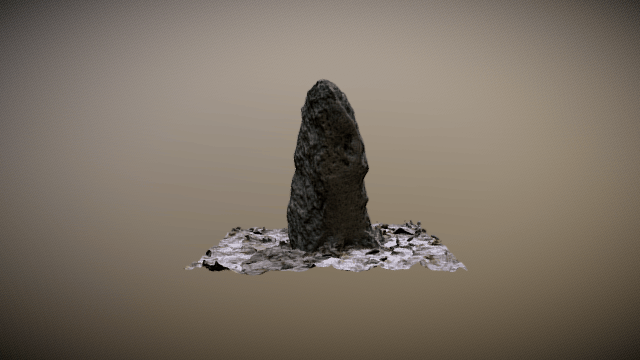
Stone stele in the cemetery in Dobrowoda, commune Turośń Kościelna, Podlasie region
"Their shape is always unique, and most of them do not bear any symbols, but on some we can find Latin, Greek, Orthodox crosses, less often dates or, for example, hearts" - the scientist says.
According to Lepionka, stele graveyards are mainly ordinary modern cemeteries (that is, up to a few hundred years old), in which peasants from nearby villages were buried. Who were they and what was their religion? Archaeologists and historians do not know their origins, nor the moment when the cemeteries first appeared in this area.
"It still remains to be clarified. At this moment it is difficult to tell the religion or ethnos of the deceased buried there, because at that time Podlasie was a mosaic of various nationalities: Mazovian, Russian and post-Yotvingian settlers" - he says.
Lepionka explains that according to historical texts, this type of necropolis could have arisen due to... savings.
"The modern period was characterized by high costs of burials, which the peasants were not always able to cover. Although the synods forbade priests from charging for funerals, in practice the mourners were required to pay. These costs could ruin the entire family for a long time. Probably the way to avoid the funeral fee was to bury the dead in semi-legal graveyards, like the ones that are the subject of my research" - the scientist says.
Lepionka says that the church tried to fight this "peasant practice". It issued ordinances prohibiting "burying peasants in the fields and forests". In practice, the custom continued until the mid-nineteenth century.
Cemeteries with steles are usually found near the settlements founded from the fifteenth to the mid-seventeenth century. Necropolises were usually located on nearby hills that were in sight of the village, their area usually did not exceed 2 hectares. The cemeteries themselves were surrounded by round or four-sided earth embankments. Lepionka says that not many of them have survived to this day due to agricultural activity or gravel mining.
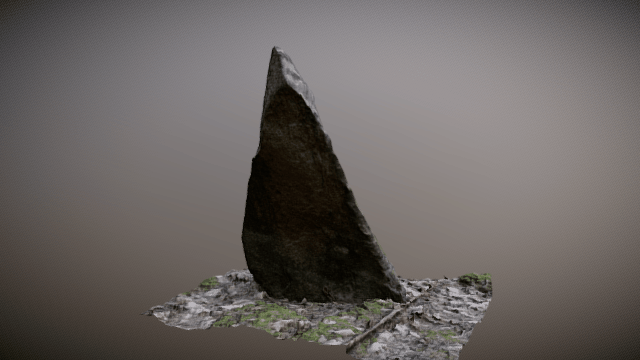
Stone stele in the Halickie cemetery, commune Zabłudów, Podlasie region
According to the researcher, conclusions regarding burials and their age are confirmed by excavations carried out, for example, in Jaginty. Three skeletons were found, including two placed in wooden coffins. The deceased were an approx. 55 years old woman and approx. 5 and 12 years old children. No traces of epidemiological disease were found on the bones. According to researchers, the cemetery was used from the second half of the 17th century to the early 18th century.
The researcher admits that he does not intend to conduct excavations within all stele necropolises. But sometimes interesting information about them is provided by ethnographic data obtained during interviews with local residents.
"The most interesting stories are the repeated accounts, even from the period preceding World War II, that this or other cemetery is the place of burial of two different weddings, which, having met, murdered each other in a fight" - he says.
Another story, written in 1976 by ethnologists, concerns the stele necropolis in the village Halickie. One of the villagers told the story heard from his grandfather, about a woman who committed suicide. For this reason, it was decided to bury her in the old stele cemetery, and not in the village cemetery.
"But that was not the end, Stolarycha would return to the village after death, she would open pigsties and let the animals out ... (...), they blessed the place and nothing helped ... Until someone advised to drive a wooden stake through her throat. And so they did, they dug her out, pierced with a stake, and from then on she stopped coming" - read the notes of ethnologists quoted by the scientist.
Research on stele cemeteries was possible with funding from the Podlasie Museum and the Human Ecosystem Research Foundation. The goal of the project is to inventory the cemeteries record their state of preservation.
PAP - Science in Poland, Szymon Zdziebłowski
szz/ ekr/ kap/
tr. RL
Przed dodaniem komentarza prosimy o zapoznanie z Regulaminem forum serwisu Nauka w Polsce.



